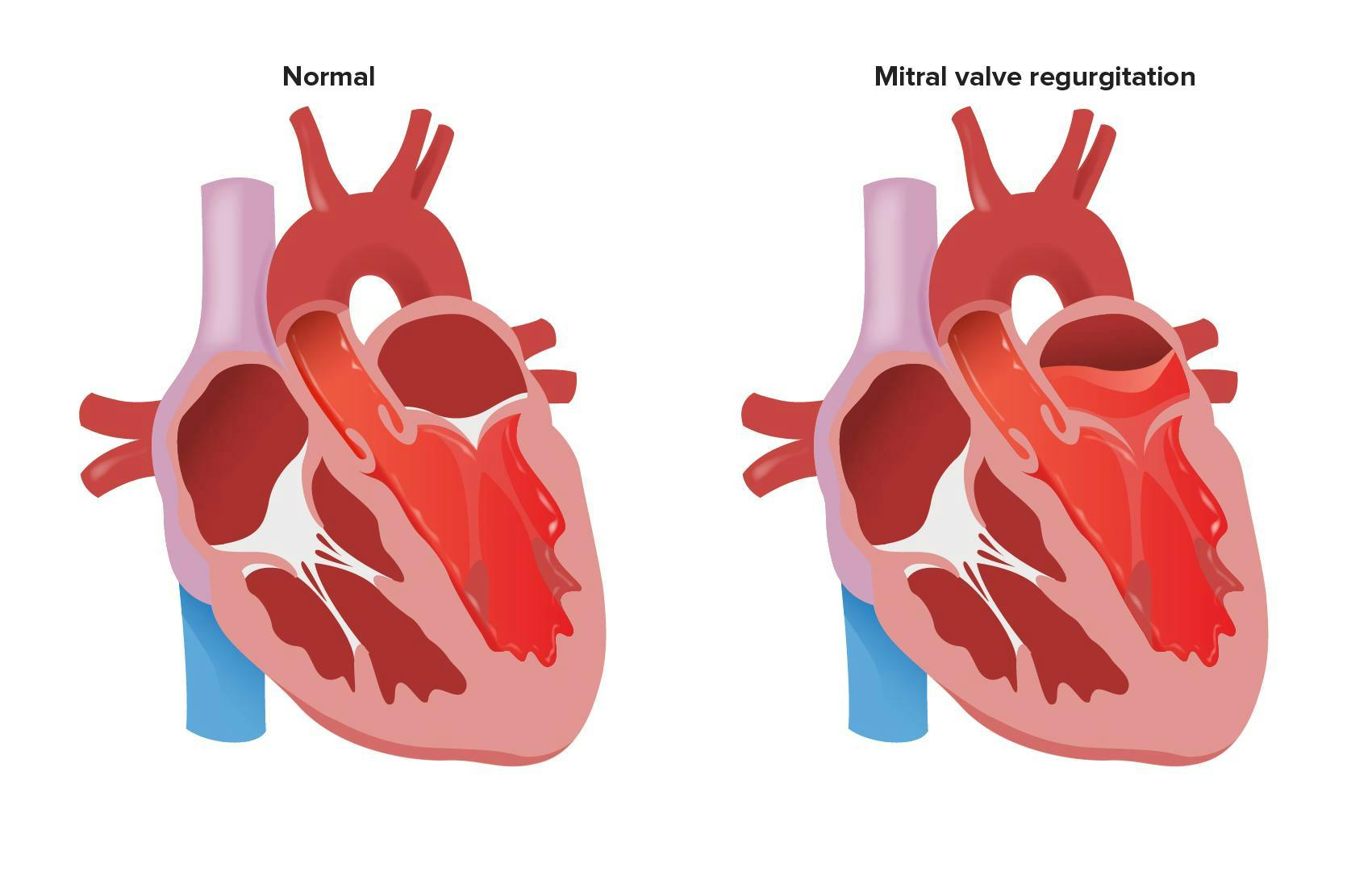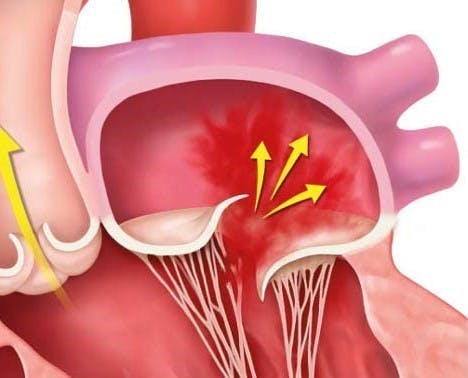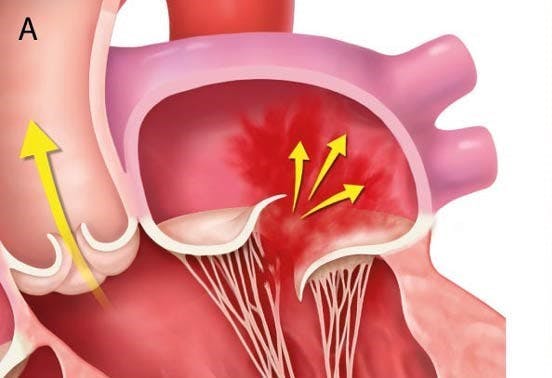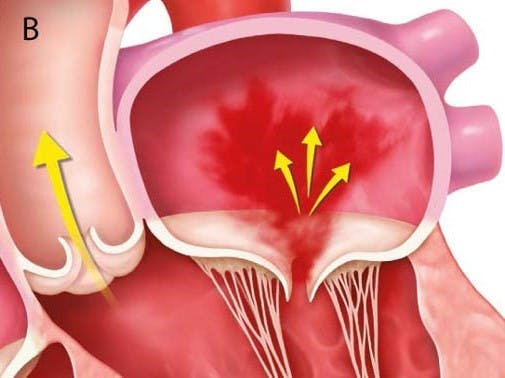

Mitral regurgitation


The mitral valve is critical for ensuring blood flows in a single direction from the left atrium to the left ventricle. Mitral regurgitation, occurs when this valve malfunctions, allowing a certain amount of blood to flow back into the atrium from the ventricle during heart contractions, depending on the severity of the condition.
This backflow of blood results in the deterioration of cardiac function and the enlargement of both the left ventricle and atrium, leading to symptoms like shortness of breath and a significant decline in the patient's quality of life. Without timely and appropriate medical intervention, mitral regurgitation can escalate into heart failure and, in the most critical cases, pose a life-threatening risk to the patient.

Given the increase in life expectancy, the prevalence of valvular diseases continues to rise in Western countries and now constitutes the second most common valvular heart disease in terms of frequency.
Mitral insufficiency is a cardiac condition affecting more than 10% of 75-year-olds. In its severe forms, when left untreated, it can result in the death of 50% of patients within 4 years. Surgical treatment, the current gold standard, involves open-heart surgery. Only 20% of patients are eligible for this treatment, leaving 80% without a medical solution. The prevalence of this pathology increases with age, with an estimated 9 million patients expected to be affected in Western countries and China by 2032.
In 2021, nearly 6,270,000 patients were identified as requiring an alternative therapeutic response.
1- Can Elderly Patients with Severe Mitral Regurgitation Benefit from Trans-catheter Mitral Valve Repair? Ching-Wei Lee et al. 2019
Two types of mitral insufficiency (MI) are distinguished: primary and secondary.
Primary MI, also known as degenerative mitral regurgitation (DMR), results from structural abnormalities affecting the valve leaflets, the valvular apparatus, or the subvalvular apparatus. These are most commonly degenerative diseases. (Scheme A)

Secondary MI, also known as functional mitral regurgitation (FMR), is associated with abnormalities in the ventricular muscle, which can be dilated, or dysfunction secondary to myocardial infarction. In these conditions, the valvular leaflets are usually intact. This category of patients is more fragile and at high surgical risk. (Scheme B)
